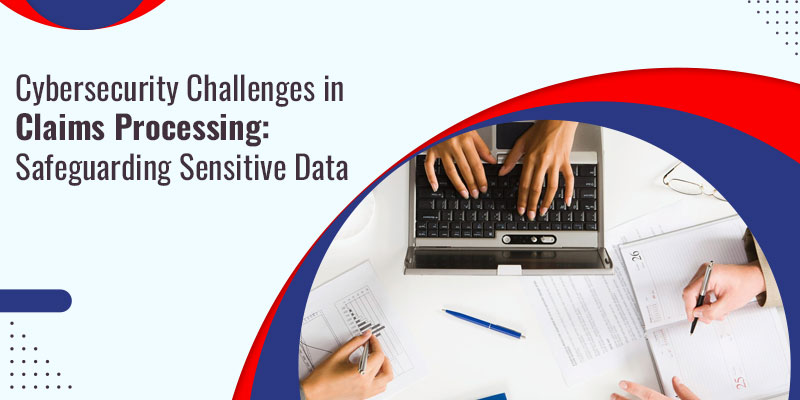Claims Software Systems: The Future of Smart Claims Handling
April 23, 2025
In the modern healthcare landscape, the digitalization of claims processing has revolutionized efficiency and accessibility. However, technological advancement comes with the critical responsibility of safeguarding sensitive data against a myriad of cybersecurity threats. The convergence of third-party administrators and claims processing software has been instrumental in streamlining the complex web of managing health insurance claims.
Against the backdrop of evolving technology, the protection of confidential patient information remains a paramount concern. As healthcare organizations increasingly rely on intricate TPA software, they face heightened risks from cyber attacks seeking to exploit vulnerabilities in these digital infrastructures.
The need for stringent security measures is evident as these systems store extensive personal and medical data, making them prime targets for cybercriminals. The rising incidents of breaches, ransomware attacks, and phishing attempts pose significant threats not only to patient privacy but also to the operational integrity of healthcare entities.
Understanding the complexities and vulnerabilities inherent in a claims processing system is critical.
This write-up delves into the cybersecurity challenges faced by healthcare organizations, exploring strategies to fortify these systems and ensure the protection of sensitive patient data in the digitized healthcare environment.
The Role of TPA Software and Claims Processing Systems
TPA software and claims processing systems have revolutionized the management of health insurance claims. These tools streamline processes such as claim submission, adjudication, and payment processing, enhancing operational efficiency and compliance. Despite these advantages, the reliance on these technologies exposes sensitive patient data to potential cyber threats.
Vulnerabilities and Risks
The storage of vast amounts of personal and medical information within TPA software and claims processing software makes them attractive targets for cybercriminals. Breaches, ransomware attacks, phishing attempts, or data breaches can lead to severe consequences, including financial losses and damage to an organization’s reputation. Moreover, compliance with regulations like HIPAA becomes imperative in safeguarding patient confidentiality.
Mitigating Cybersecurity Risks
Robust security measures are essential to mitigate risks associated with sensitive data. Encryption techniques should be employed to protect data both in transit and at rest within these systems. Regular security audits, updates, and patches are crucial to staying ahead of emerging threats. Implementing access controls such as multi-factor authentication and role-based permissions helps prevent unauthorized access to sensitive information.
Employee Training and Awareness
Human error remains a significant factor in security breaches. Comprehensive employee training programs that highlight potential risks, safe practices, and adherence to security protocols are crucial in mitigating cybersecurity threats. An educated workforce plays a pivotal role in enhancing the overall security posture of an organization.
Collaboration and Proactive Measures
Collaboration between TPAs, claims processing software providers, and cybersecurity experts is vital. Software developers need to prioritize security features and regularly update their systems to address new threats. Organizations must implement proactive monitoring and incident response plans to detect anomalies and swiftly respond to potential threats, minimizing their impact and facilitating recovery.
Conclusion: Prioritizing Cybersecurity in Healthcare Administration
The advancements in TPA software and claims processing systems have transformed healthcare administration, but they also pose significant cybersecurity challenges. Safeguarding sensitive data requires a collective effort involving technology, employee education, regular updates, and proactive monitoring. By prioritizing cybersecurity measures, healthcare organizations can navigate claims processing while ensuring the protection of patient information in today’s digital landscape.
How Health Claims Management Software Transforming The Industry?
February 7, 2025How Claims Software Can Transform Your Claims Process?
January 29, 2025The Need For Healthcare Claims Management Software
January 13, 2025Reasons You Should Invest in Claims Management Software
January 7, 2025The Essential Guide To TPA Software Features & Benefits
December 24, 2024Claims Management Software: Key To Streamlining Your Business
December 18, 2024How TPA Software Solutions Transformed Medical Claims Management?
November 20, 2024









